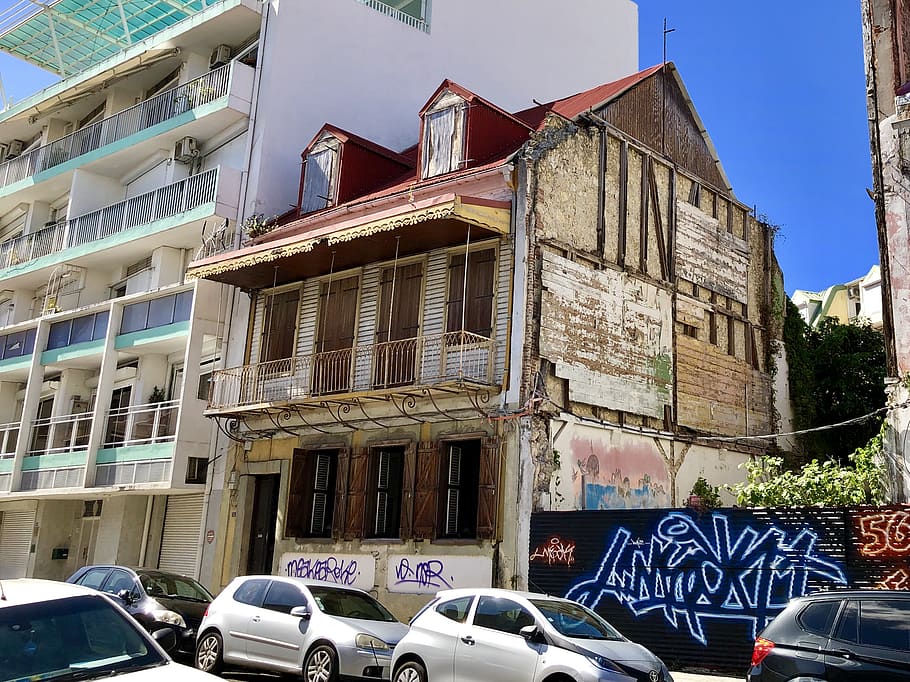The new 2017 tax law is projected to provide $6 million in capital to economically distressed communities across America. The law will provide incentives for financing property development, startups, and small businesses.
Your bank may not want to risk such a large investment. But there is another way to get involved with distressed communities.
With improvements in job prospects come more disposable income to spend on healthcare services. And they’ll need loans to help pay for what insurance doesn’t cover.
Healthcare loan programs connect banks with patients who need to pay for care over time. Keep reading to learn how offering patient financing services can help you connect with growing distressed communities.
Distressed Communities and Why They Matter
Distressed communities feature individuals with lower education and income levels, poor employment interests, and higher poverty rates.
These communities lack opportunities for funding of economic and community development. This should come as no surprise since California, Massachusetts, and New York alone receive 75% of all venture capital in the US.
Yet the outlook for distressed communities is changing due to the Opportunity Zone program.
The Opportunity Zone program provides financing for low-income community ventures. These communities include over 35 million people, the majority of which will see improved job prospects and income statuses.
With so much extra income circulating, these communities will begin to spend more on services like healthcare.
How Patient Financing Connects Banks with Distressed Communities
Currently, individuals living within distressed communities divvy budgets between competing costs. These costs include housing, transportation, and food, which leave little leftover for healthcare. Yet these individuals have the same medical needs as the rest of the population.
As disposable income increases, individuals in distressed communities will spend more on healthcare. This is especially true with regard to medical services that insurance doesn’t cover. While some patients will pay out of pocket, others will seek alternative payment methods.
That’s where your bank comes in.
Patient financing programs connect financial institutions with patients who need to pay for care over time. The loan process is completed online, which means you can serve consumers beyond your local communities. Meanwhile, banks that do exist within distressed communities can offer loans to low-to-moderate income (LMI) individuals and improve CRA standing.
Is your bank is searching for a way to both contribute to and benefit from the growth of distressed communities? Contact Epic River to learn how you can become one of our partner banks.



Leave a Comment